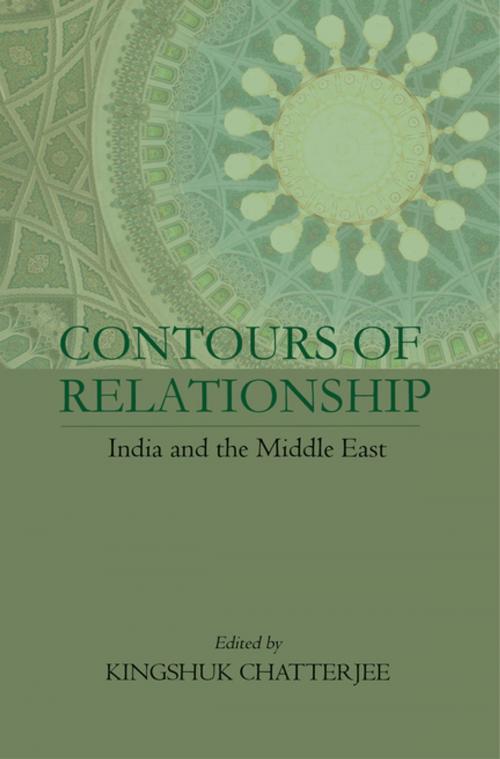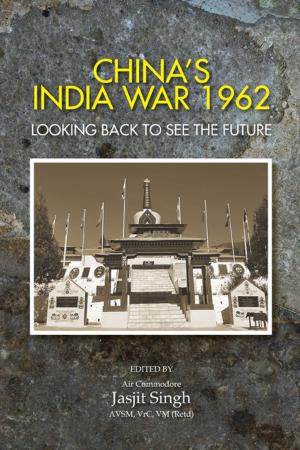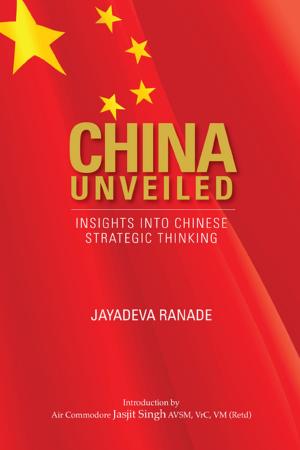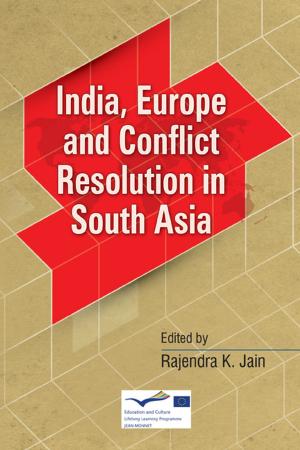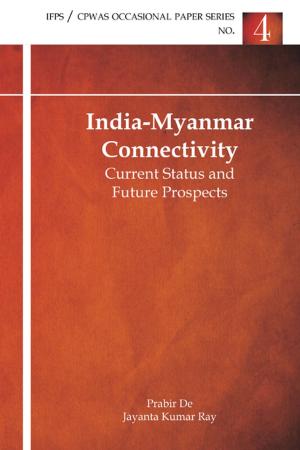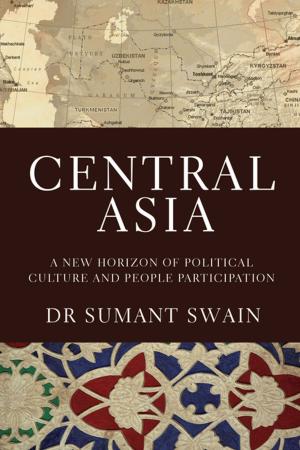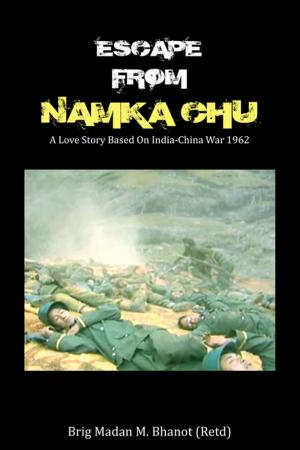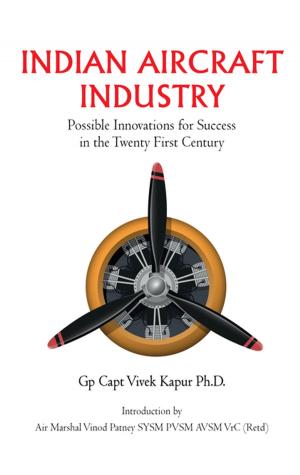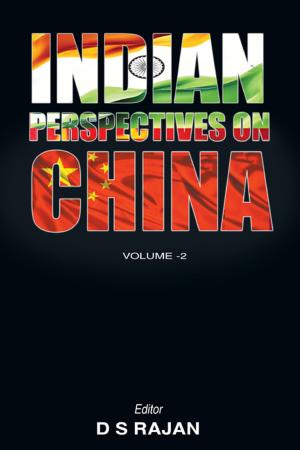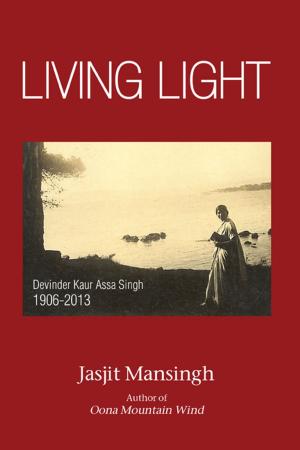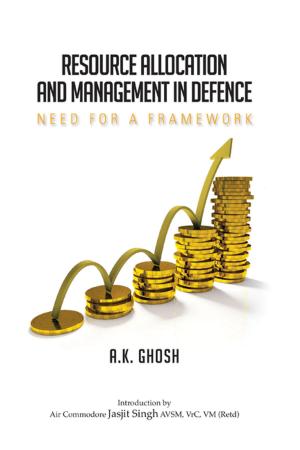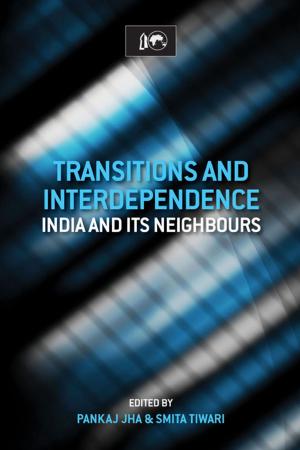Contours of Relationship: India and the Middle East
India and the Middle East
Nonfiction, History, Asian, Southeast Asia, Middle East| Author: | Prof Kingshuk Chatterjee | ISBN: | 9789386288622 |
| Publisher: | KW Publishers | Publication: | May 15, 2017 |
| Imprint: | KW Publishers | Language: | English |
| Author: | Prof Kingshuk Chatterjee |
| ISBN: | 9789386288622 |
| Publisher: | KW Publishers |
| Publication: | May 15, 2017 |
| Imprint: | KW Publishers |
| Language: | English |
India’s relationship with the Middle East is a very good example of ties between people that are genuinely of historical. The peoples of the Indian subcontinent and the Middle East have down the ages been interacting with each other – travelling to each other’s lands, engaging in trade and commerce, settling down, intermarrying and contributing in every way possible in each other’s lives long before the political frontiers of the present emerged. It is difficult to readily comprehend that what appears today as the distinct regions of South Asia, Middle East and Central Asia were not readily comprehensible as distinct regions even a hundred years back. While the natural frontiers of the Hindu Kush, Persian Gulf and the Arabian Sea divided the peoples into linguistic and cultural zones that were Indic, Arab, Persian and Turkic, (and a host of others) such cultural frontiers, despite being thick, were never quite hard. Thus while linguistic spaces were easily discernible (i.e. thick), people were always able to move (i.e. not hard) from one zone to the other, were at liberty to settle down and – according to the dynamics of immigration and settlement – be subsumed within the host population with a fair degree of ease. It is no wonder, therefore that Armenian, Iranian, Baghdadi Jewish, Sunni and Shi‘i Arab, Kabuli, Multani, Shikarpuri, Parsi, Ismaili, Surti, Sikh/ Punjabi, Peshawari and many other such communities moved back and forth across the overland trading routes that connected what is today South Asia with the Middle East. Essays in this volume come principally out of a conference held in March 2016 at the University of Calcutta, organized by the Centre for Pakistan and West Asian Studies and Institute of Foreign Policy Studies and fully funded by the Netaji Institute of Asian Studies. The primary objective of the volume is to examine the contours of relationship between the peoples of the two regions, before the political frontiers of the Indian subcontinent and the Middle East were fashioned in the middle of the twentieth century. Except for one, all the contributors have chosen to highlight the role played by individuals in the subcontinent or in the Middle East with supraregional connections or interests, engaging with their own immediate settings, influenced by forces, ideas or people from emanating from outside the region – the underlying argument being relationships between the people of the subcontinent and the Middle East are not confined simply to commercial or cultural exchanges alone. The fact that all the protagonists dealt with here happened to operate in the colonial era serves to indicate the vitality of the relationship, which stood independent of the nature and impact of the political system that obtained then.
India’s relationship with the Middle East is a very good example of ties between people that are genuinely of historical. The peoples of the Indian subcontinent and the Middle East have down the ages been interacting with each other – travelling to each other’s lands, engaging in trade and commerce, settling down, intermarrying and contributing in every way possible in each other’s lives long before the political frontiers of the present emerged. It is difficult to readily comprehend that what appears today as the distinct regions of South Asia, Middle East and Central Asia were not readily comprehensible as distinct regions even a hundred years back. While the natural frontiers of the Hindu Kush, Persian Gulf and the Arabian Sea divided the peoples into linguistic and cultural zones that were Indic, Arab, Persian and Turkic, (and a host of others) such cultural frontiers, despite being thick, were never quite hard. Thus while linguistic spaces were easily discernible (i.e. thick), people were always able to move (i.e. not hard) from one zone to the other, were at liberty to settle down and – according to the dynamics of immigration and settlement – be subsumed within the host population with a fair degree of ease. It is no wonder, therefore that Armenian, Iranian, Baghdadi Jewish, Sunni and Shi‘i Arab, Kabuli, Multani, Shikarpuri, Parsi, Ismaili, Surti, Sikh/ Punjabi, Peshawari and many other such communities moved back and forth across the overland trading routes that connected what is today South Asia with the Middle East. Essays in this volume come principally out of a conference held in March 2016 at the University of Calcutta, organized by the Centre for Pakistan and West Asian Studies and Institute of Foreign Policy Studies and fully funded by the Netaji Institute of Asian Studies. The primary objective of the volume is to examine the contours of relationship between the peoples of the two regions, before the political frontiers of the Indian subcontinent and the Middle East were fashioned in the middle of the twentieth century. Except for one, all the contributors have chosen to highlight the role played by individuals in the subcontinent or in the Middle East with supraregional connections or interests, engaging with their own immediate settings, influenced by forces, ideas or people from emanating from outside the region – the underlying argument being relationships between the people of the subcontinent and the Middle East are not confined simply to commercial or cultural exchanges alone. The fact that all the protagonists dealt with here happened to operate in the colonial era serves to indicate the vitality of the relationship, which stood independent of the nature and impact of the political system that obtained then.
